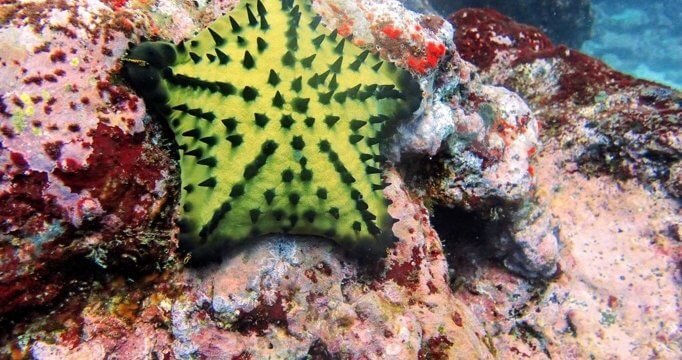
My experience with the 2017 ecological monitoring project
It was 5:30am when the motor of the Queen Mabel ship was turned off after navigating all night towards Punta Moreno, our first stop in the west of the archipelago. The sun still wasn’t out and we were getting ready for our first dive of the day. A cold breeze swept against us as we propelled ourselves by Zodiac toward the first dive site, but I was more overcome by the excitement of knowing that soon I would be below the water, immersed by this enchanted place. “Ready, one, two, three…” was our signal to enter the water at the same time. While I descended, I could see a garden of corals, algae, fish, turtles and stars of thousands of colors. Having only started my volunteer program at the Charles Darwin Foundation less than three months ago, I could not believe that this was going to be my work-site for a week…
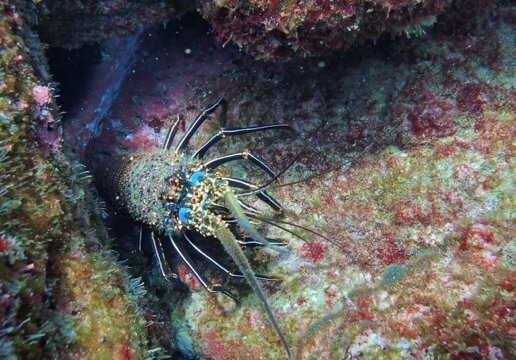
Our objective was to register the presence and abundance of animals found in the subtidal zone of the Galapagos Islands. These activities are part of the Ecological Monitoring project that started in 1997 and is carried out every year (Banks et al., 2016). The monitoring in 2017 was conducted in conjunction with the Charles Darwin Foundation (CDF), Conservation International (CI) and the Galapagos National Park Directorate (GNPD). This year, three fieldtrips were organized around the entire Galapagos Marine Reserve (North, East and West) led by Patricia Martí-Puig (CDF), Inti Keith (CDF), Stuart Banks (CI), Harry Reyes (GNPD) and Jennifer Suarez (GNPD). Each person that participates in this project is in charge of taking data about a specific group of animals: fish, algae and macroinvertebrates (both mobile and sessile). I was in charge of assisting the macroinvertebrates group during the excursion through the west of Fernandina, Isabela and part of Santiago and Bartolomé.
At the Charles Darwin Research Station I work as a volunteer for the Seamount Project led by Dr. Patricia Martí Puig, who along with Dr. Inti Keith, also led the ecological monitoring this year. I felt very surprised and excited when a month before these campaigns, Patricia told me about this project and the possibility of being part of it. “The continuity of ecological monitoring is very important to study the long-term changes in subtidal communities and to evaluate the impacts of climate change,” said Patricia when referring to the activities we were going to do.
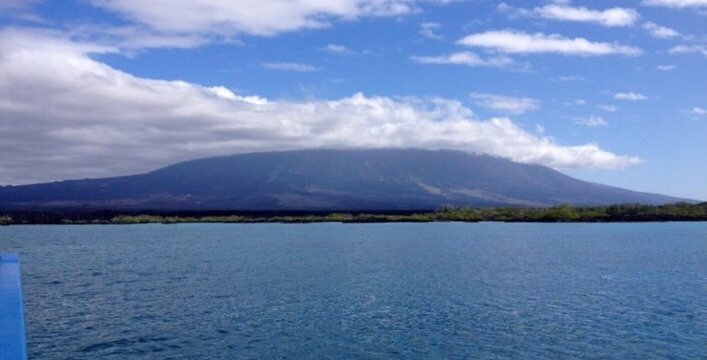
My work consisted in helping measure and count organisms like sea stars, sea cucumbers, urchins, mollusks, lobsters, octopi, etc. Among the most common macroinvertebrates that I could observe were chocolate chip sea stars (Nidorellia armata), panamic cushion stars (Pentaceraster cumingi), slate pencil urchins (Eucidaris galapagensis), black sea cucumbers (Holothuria atra), and many others. I also had the opportunity to assist in the placement of a transect, which was very fun because sometimes the sea lions or flightless cormorants would come to bite and play with it. Apart from monitoring these fascinating organisms, I also was fortunate to see mantas, sunfish, penguins and whales from the ship while we were navigating.
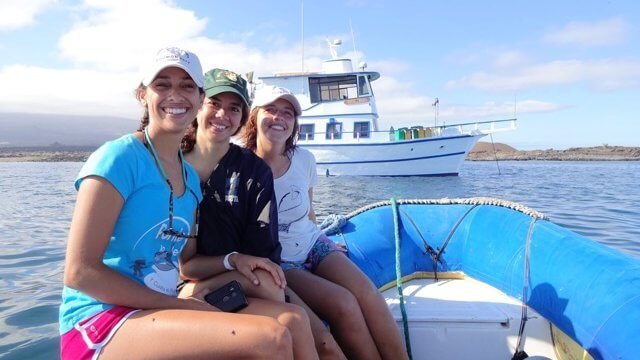
I consider myself very lucky to have lived this unique and unforgettable experience. I learned more about the work that different institutions are carrying out to protect these enchanted islands and also learned about scientific diving and the ecology of subtidal ecosystems. But most of all I am thankful to have been part of this program and having shared my experiences with an incredible work group and crew.
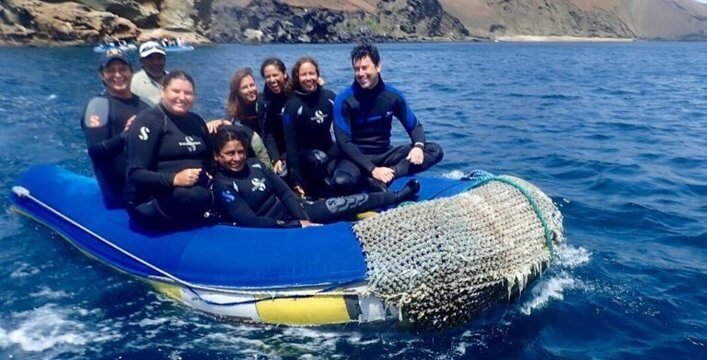
The Importance of Ecological Monitoring
The information compiled since the start of the project (1997) by various collaborators and scientists, has served as a base line for the biodiversity found in the subtidal zone of the Galapagos Marine Reserve (GMR). “This project is one of the longest studies carried out in the Eastern Tropical Pacific. It is an honor to be part of it and to be able to monitor the anthropogenic impacts that affect these ecosystems,” said Salomé Buglass, part of the macroinvertebrates team. This information is also used by the Galapagos National Park Directorate (GNPD) as a guide for decision-making, such as designing the new zoning scheme of the Galapagos National Park and the Marine Reserve. Additionally, the data will improve our understanding of the ecological processes that occur in these ecosystems and about how they are affected by natural events like El Niño and La Niña (Banks et al., 2016).
References
Banks, S., Acuña, D., Brandt, M., Calderón, R., Delgado, J., Edgar, G., Garske-García, L., Keith, I., Kuhn, A., Pépolas, R., Ruiz, D., Suárez, J., Tirado-Sánchez, N., Vera, M., Vinueza, L. y Wake eld, E. 2016. Manual de Monitoreo Submareal. Conservación Internacional Ecuador y Fundación Charles Darwin. Quito, Ecuador.
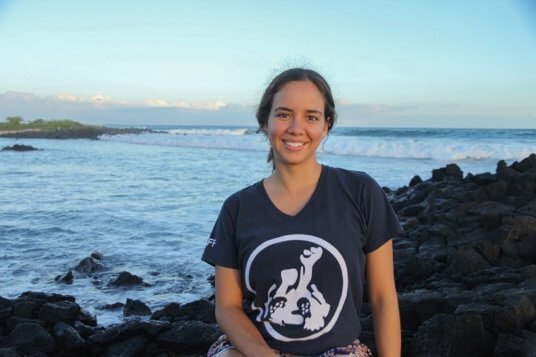
Camila Arnés Urgellés: I am a volunteer at the Seamount Project led by the Charles Darwin Foundation. For six years, I studied ecology and marine biology in Ecuador and Australia. Previously, I have conducted biodiversity and taxonomic studies of coastal and deep water ecosystems. Currently I am collaborating on the creation of a deep-sea species guide for the Galapagos Islands. My professional goal and passion is to grow in the field of scientific research and work for the conservation of marine ecosystems.
For more information about volunteer opportunities, please visit: www.darwinfoundation.org or write to vol@fcdarwin.org.ec





